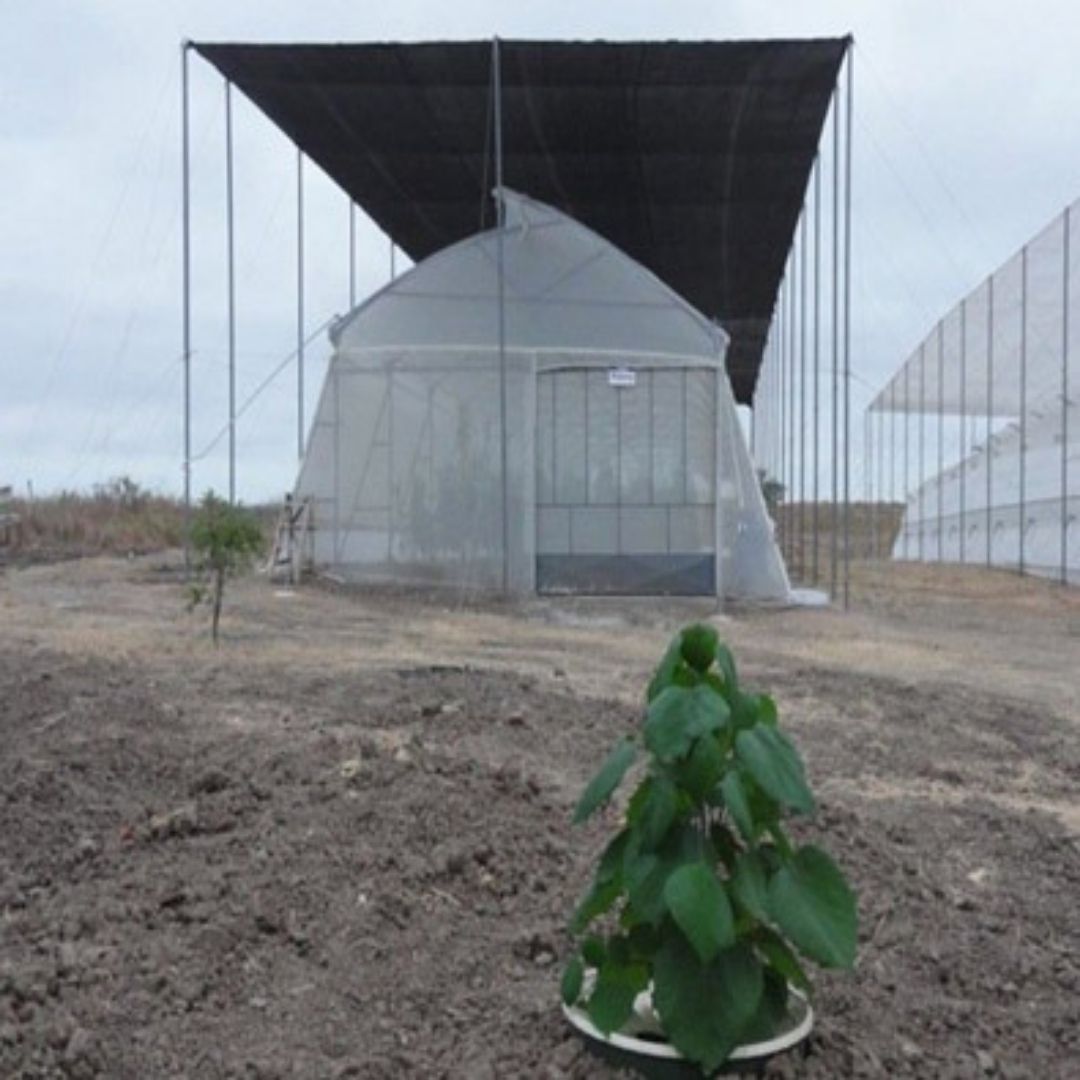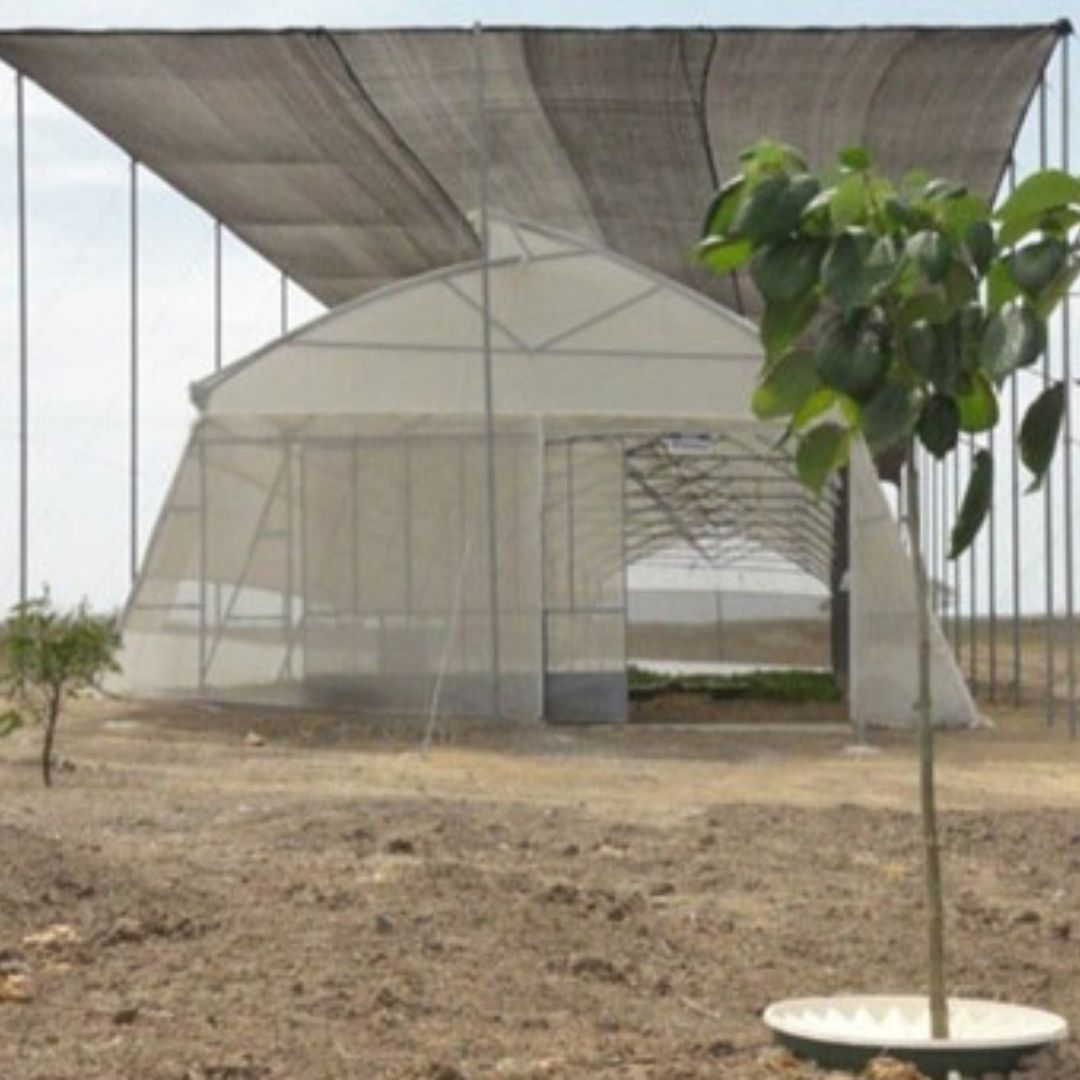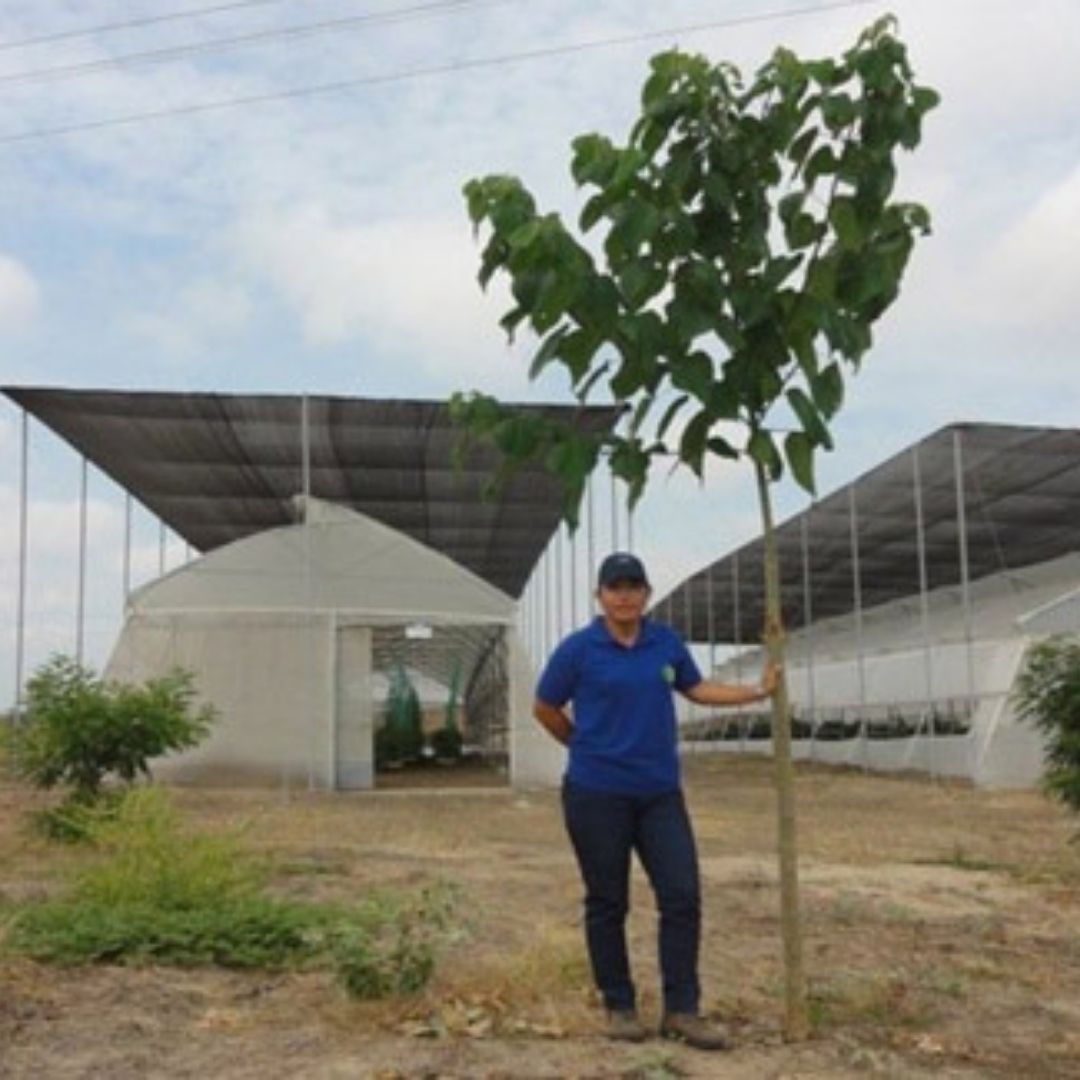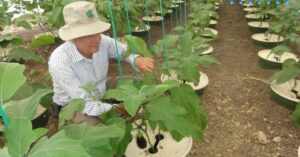Dutch Innovation Uses 90% Less Water to Grow Plants in the World’s Most Arid Regions

In the hot peninsula of Santa Helena in Ecuador, where radiation levels go to 8,000 joules every day, a plant is in full bloom. The salty winds here, along with extreme temperatures of 41 degrees Celsius and average precipitation of 111mm, are no deterrent to the Gmelina arborea that grows here.
This has been made possible with the Waterboxx plant cocoon technology, innovated by Dutch businessman Pieter Hoff. In 2003, he retired from his lily and tulip export business and came up with this technology to help different types of plants grow in arid regions. Today, Groasis is involved in reforestation and ecosystem restoration projects.




Creating green oases in deserts
The unforgiving region of Santa Helena isn’t the only such place where Groasis’ technology is creating opportunities for greenery to thrive. The technology is also helping greenery thrive in Canada, Dubai, Jordan, Kuwait, Morocco, and many other countries.
The ambit of Groasis Technologies covers several projects, two of which are aimed at helping plants grow in arid regions. These are the Waterboxx plant cocoon and the Growboxx plant cocoon. Both technologies provide plants with necessary water and nutrients at the initial stage until they can self-sustain.

In the traditional drip irrigation that is employed for agriculture, there are two challenges. One is the massive amount of water used — 15 L to 50 L per tree per day. The other is the problem of evaporation due to the heat. In dry arid regions, where temperatures reach extremes and water is scarce, drip irrigation is not only impractical, but also puts a load on resources.
The Waterboxx plant cocoon can perform the same function as drip irrigation, while using 90 per cent less water.
This invention operates on a simple principle. The rainwater goes into the Waterboxx and collects in the chamber. The collected water drips into the plant’s root system through a wick that goes into the ground. As the plant grows, these roots find their way deeper into the ground and become self-sufficient.
The convenient contraption is made up of polypropylene, which renders it reusable for a total of 10 times, claims Groasis. After nine to 12 months, the setup can be removed and reused for another seed.
According to Groasis’ research, the technology has a dual vantage, in that it is an organic way of growing plants as it does not employ the use of pesticides. In addition, the seedlings planted through this have a survival rate of 90 per cent.
Following the same principle of providing preliminary help to the plant is the Growboxx plant cocoon.
While the Waterboxx technology is made from reusable polypropylene, the Growboxx plant cocoon is made from recycled paper pulp, and can be used only once.
This biodegradable ‘intelligent bucket’ is placed around a young plant, in contrast to the Waterboxx, which is placed around a seed. The seeds and soil go into the lid of the setup. The technology allows the seeds to germinate and grow hydroponically in the water stored inside. Thus, a tree can be grown in combination with vegetables, shrubs, or flowers.
The cocoon can be used for a year, after which it will degrade and function as a nutrient for the tree.

Can this be a viable option in India?
It’s no secret that India is suffering from its worst water crisis in its history, as indicated by a NITI Aayog report from 2019. The same report estimated that by 2030, the nation’s demand for water will be twice that of the available supply.
With this crisis looming large, Groasis’ technology could offer some respite for India’s most arid regions, wherein communities could look at transitioning from traditional modes of agriculture and creating viable plant life in deserts.
Here’s a look into how the Growboxx has transformed Baja California — a dry sunburned region in Mexico.
Sources
‘Scientific results of planting with the Groasis Technology’: Published by Groasis
‘Composite Water Resources Management : Performance of States’: Published by NITI Aayog
